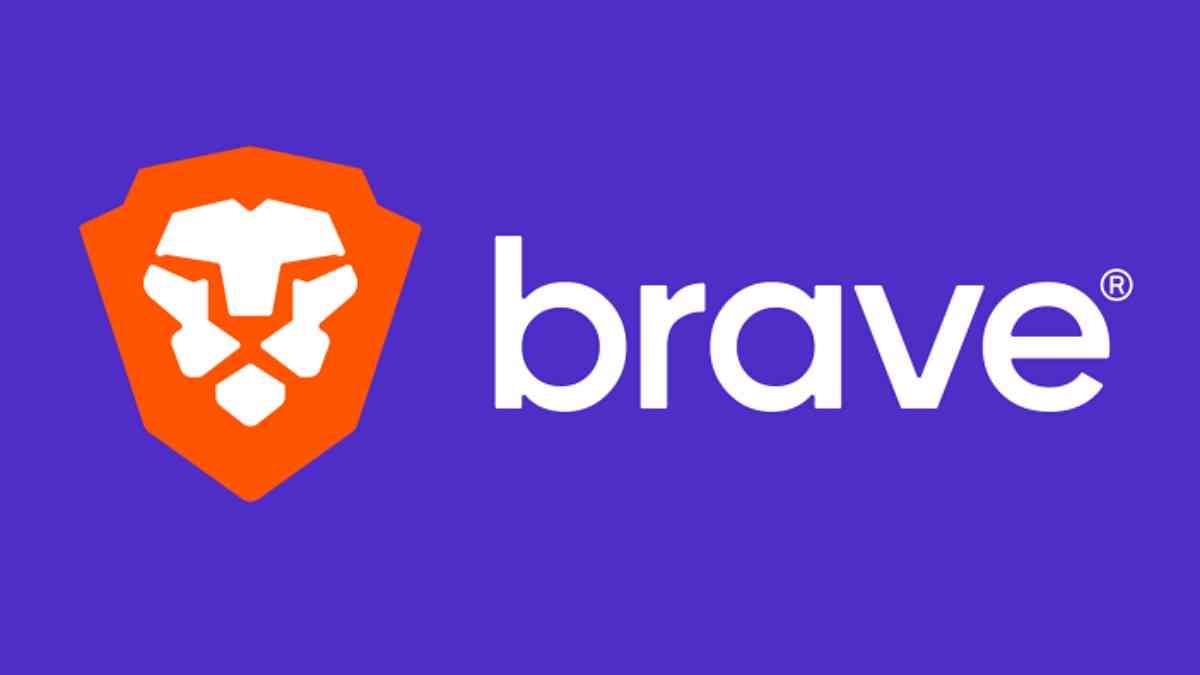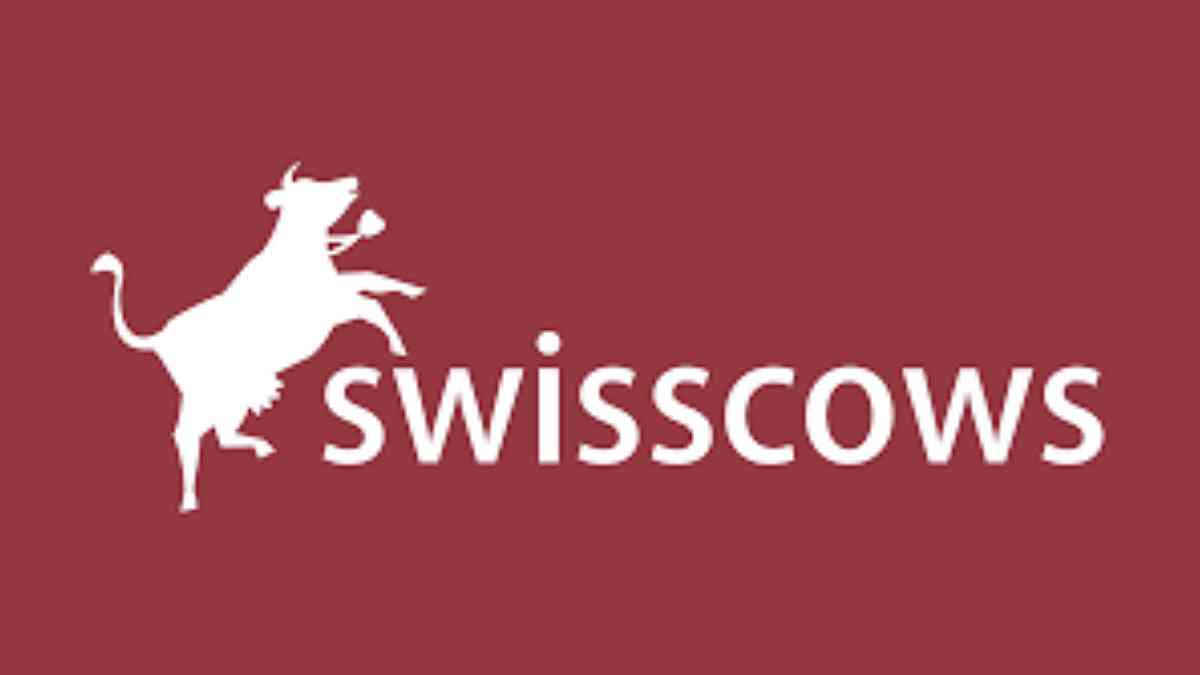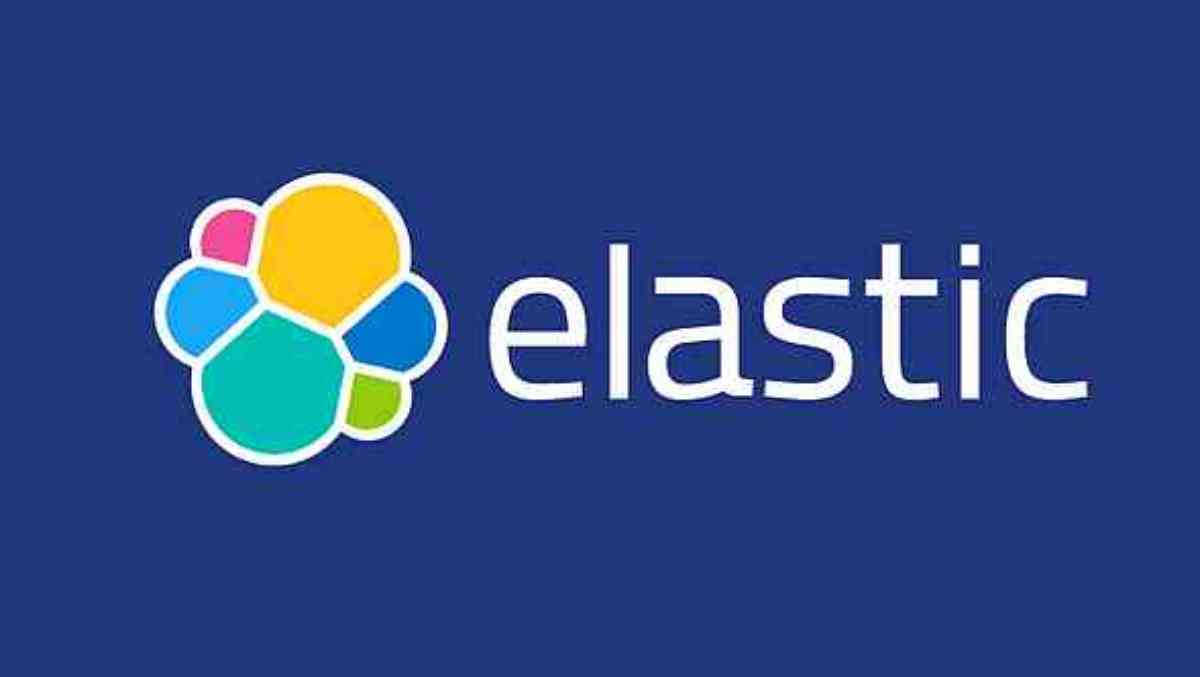
Web Search Engines work by using advanced algorithms to crawl, store, and organize the information on the web. The Crawler discovers and scans new content on the web, the Index stores and organizes this content, and the Algorithm ranks the content based on various factors to provide the most relevant search results to users.

A Search Engine is a software system that searches the Web for specific information specified in a textual Web search query. It presents the results in a line called SERPs (Search Engine Results Pages, which include links to Web pages, images, videos, articles, and other types of files.

Search Engines use automated software robots called Crawlers, Spiders, or Bots to visit Websites, read the information on the site, read the site’s meta tags, and follow the links that the site connects to. The Crawler returns the information to a central depository, where the data is indexed. The Crawler periodically revisits the sites to check for any changes.

Crawler: A Crawler, also known as a search Bot or Spider, is a piece of software that Search Engines use to scan the web. It crawls the web from page to page, looking for new or updated content that is not yet in its databases.

Index: The Index is a database of all the web pages that a Search Engine has crawled and stored to use in search results. When a Search Engine crawls a site, it detects new and updated pages and updates their index.

Algorithm: The Search Engine Algorithm refers to the process used to rank content. It considers hundreds of factors, including keyword mentions, usability, and backlinks.

Ask Bing Brave Dogpile DuckDuckGo Ecosia Elasticsearch Gigablast Google Startpage Swisscows Yahoo

Ask Bing Brave Dogpile DuckDuckGo Ecosia Elasticsearch Gigablast Google Startpage Swisscows Yahoo

Ask Bing Brave Dogpile DuckDuckGo Ecosia Elasticsearch Gigablast Google Startpage Swisscows Yahoo

Ask Bing Brave Dogpile DuckDuckGo Ecosia Elasticsearch Gigablast Google Startpage Swisscows Yahoo

HOME
Columns:
Tech Fixed Nav
HTML CSS
Technology Stack
PHP JavaScript Python
SQL AJAX XML PERL
Five Six Seven Eight
Database 1+2+1
LLMs Expand
ADA Website Compliance
Dyslexic Guidelines
OSI Model
Layouts:
Dark Web 1+2 Layout
Protocols 1+3 Layout
Malware 1+4 Layout
Code Sharing 2+4 Layout
Search Engines 3+1 Layout
Custom ROMs 4+1 Layout
AI Websites 4+2 Layout
Offset 70-30 Layout
Cloud Services 1+2
Top Level Domains
ZigZag Layout
Database:
Database Select Query
Database Sort Query
Database Select Europe
Database Select Japan
Database Select US
Database Select Vehicle
Photos:
Photo Full Width
Photo Gallery
Photo Grid
Photo Carousel
Photo Album
Photo Filter
Photo Select
Photo Accordion
Photo Zoom
Photo Scroll

Quizzes:
Web Design Quiz x3
Web Design Logo Quiz x3
Web Coding Quiz x10
Web Development Logo Quiz x10
Graphics:
Graphic Design
Image Formats
Images Per Page
Material Cards
Search Engines
Browser Tier List
Magnify Window
Large Language Models
Autonomous Companies
Website Standards
Plethora:
Technology Chart
Parsing Python Scripts
Frameworks
Shopping Cart
Website Standards
AJAX Interactive XML
W3C
XHTML
Website Coding
Fediverse
About Eddie Jester